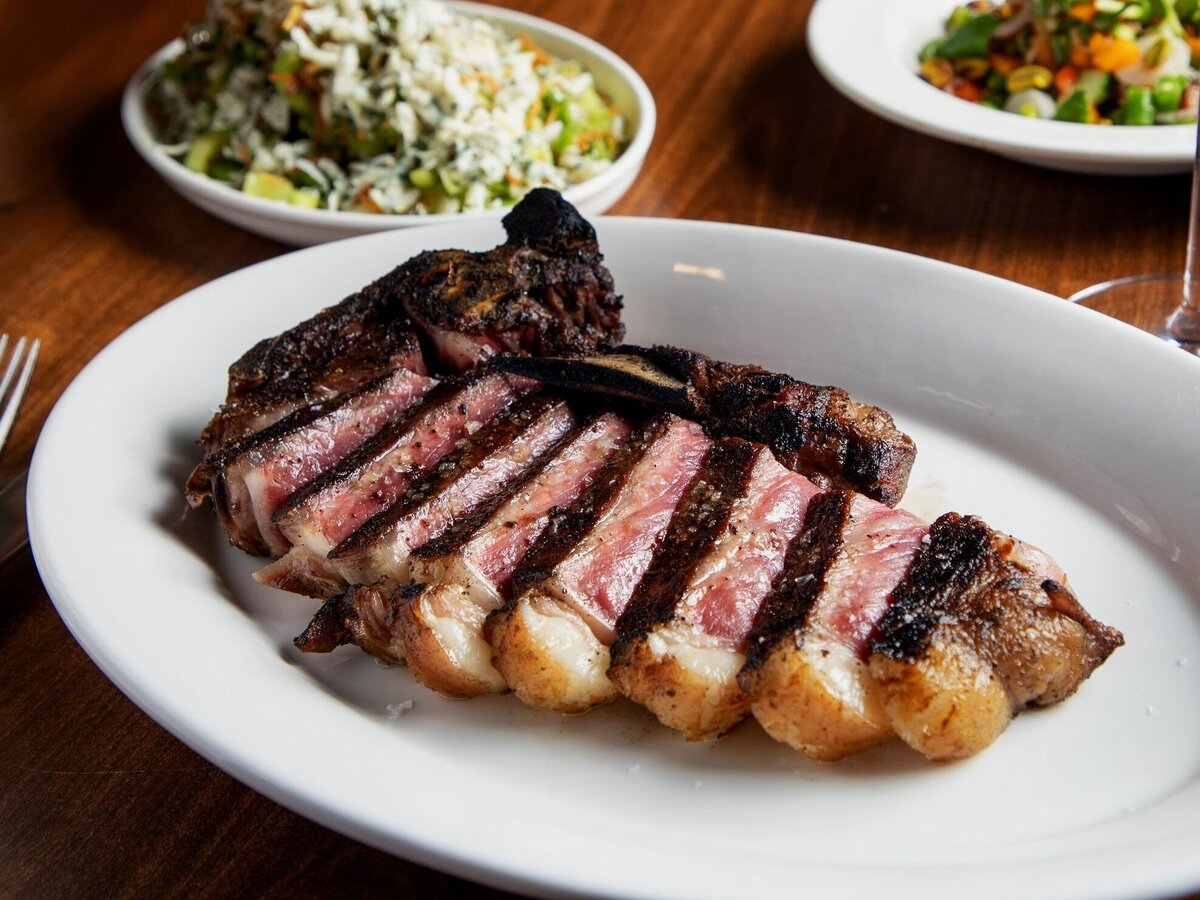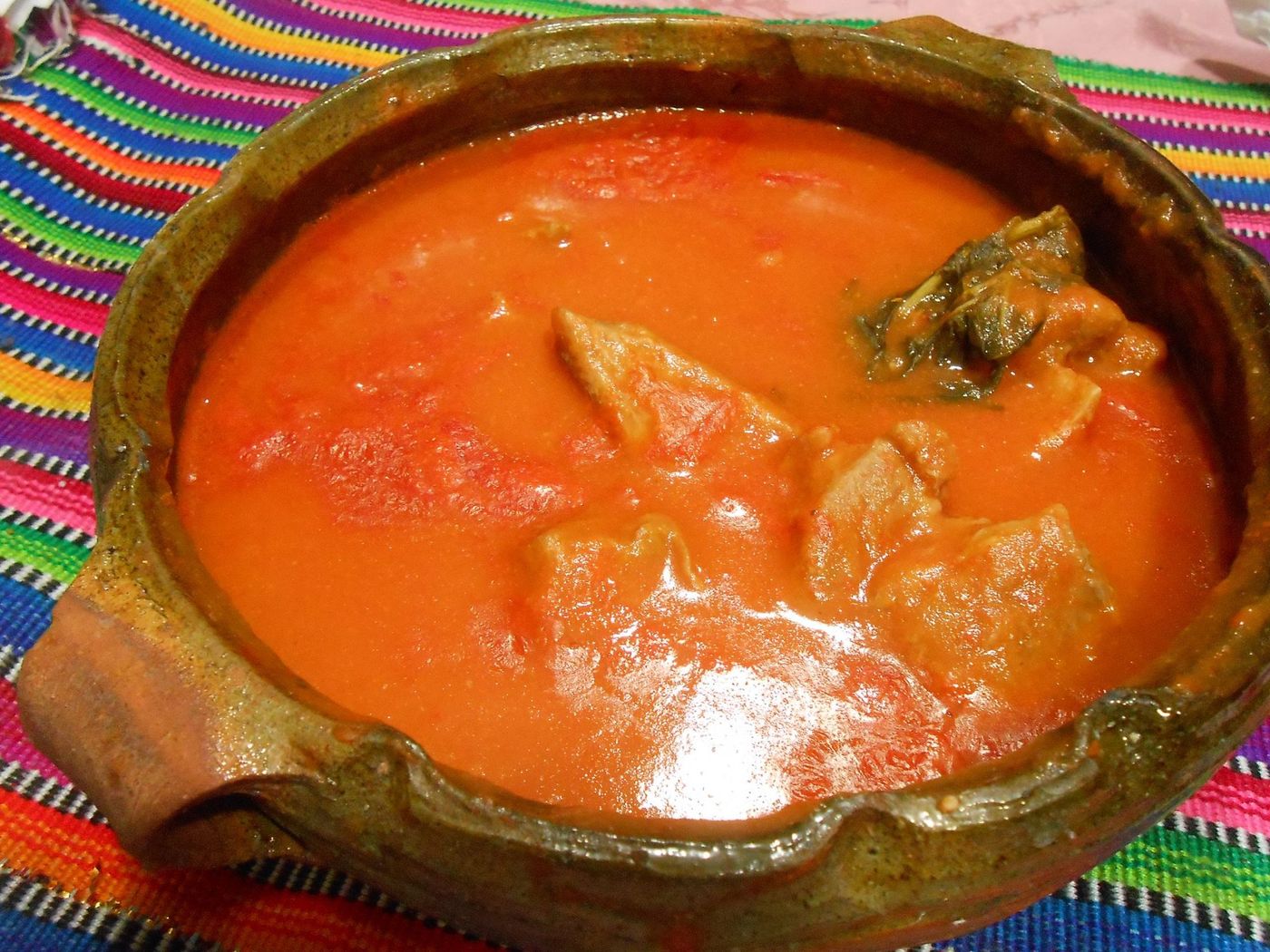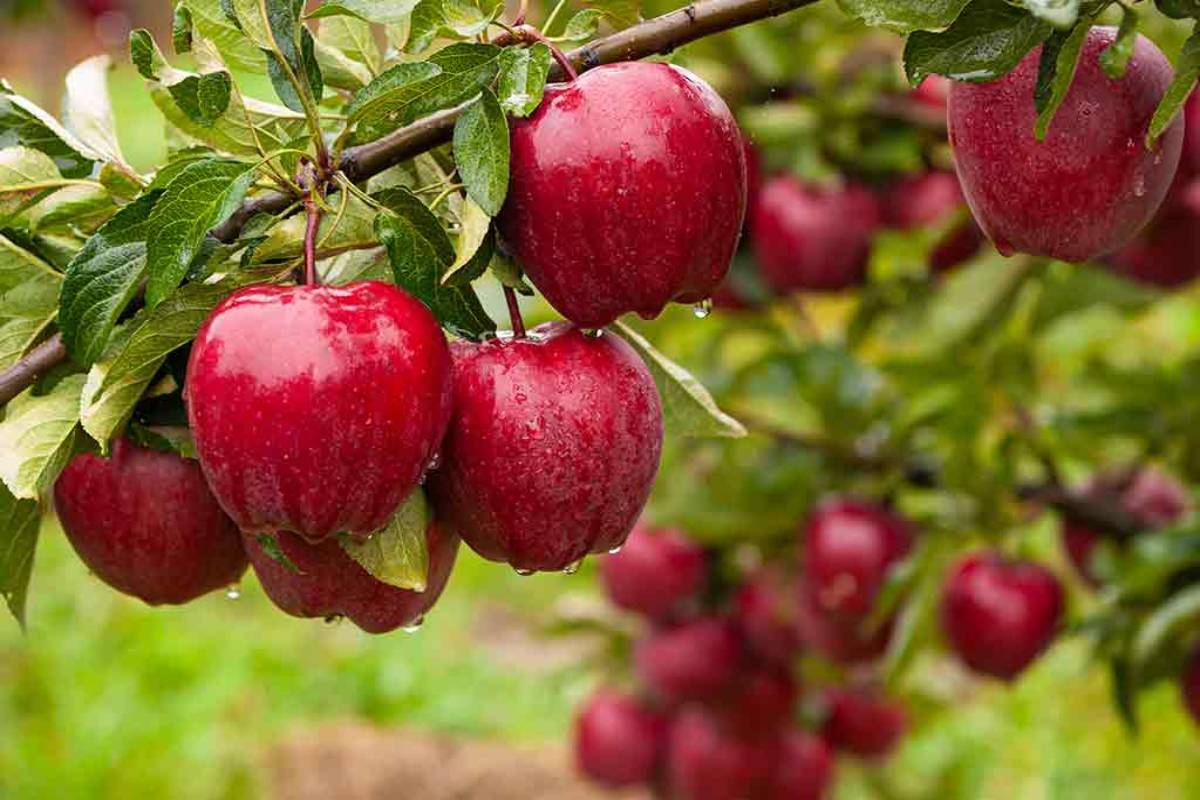The Difference Between String Beans and Green Beans
String beans and green beans are two popular vegetables that are often confused with each other. While they may look similar, there are some key differences between the two that are important to note. Let’s take a closer look at the characteristics of each to understand their distinctions.
String Beans
String beans, also known as snap beans or French beans, are a type of bean that is harvested when the beans inside the pod are still young and tender. They are typically long and slender, with a crisp texture and a slightly sweet flavor. String beans are often used in stir-fries, salads, and casseroles, and they are a popular choice for canning and freezing due to their firm texture.
- Harvested when beans are young and tender
- Long and slender in shape
- Crisp texture and slightly sweet flavor
- Commonly used in stir-fries, salads, and casseroles
- Popular for canning and freezing
Green Beans
Green beans, also known as stringless beans or snap beans, are a variety of bean that is harvested when the beans inside the pod have fully matured. They are typically broader and thicker than string beans, with a more robust flavor and a slightly tougher texture. Green beans are often steamed, sautéed, or roasted, and they are a staple ingredient in many traditional dishes, such as green bean casserole.
- Harvested when beans have fully matured
- Broader and thicker in shape
- More robust flavor and slightly tougher texture
- Commonly steamed, sautéed, or roasted
- Staple ingredient in traditional dishes
Key Differences
While string beans and green beans are both members of the bean family, the main differences between the two lie in their harvesting time, shape, texture, and flavor. String beans are picked when the beans are young and tender, resulting in a slender shape and crisp texture, while green beans are allowed to fully mature, leading to a broader shape and a heartier texture.
When it comes to cooking, string beans are best suited for dishes that require a tender and crisp texture, such as stir-fries and salads, while green beans hold up well to methods that require longer cooking times, such as steaming and roasting.
In Conclusion
While string beans and green beans are often used interchangeably in recipes, understanding their differences can help you make informed choices when selecting and preparing these versatile vegetables. Whether you prefer the delicate crunch of string beans or the robust flavor of green beans, both varieties offer a delicious and nutritious addition to any meal.
Next time you’re at the grocery store or farmers’ market, take a closer look at the beans on offer and consider how their unique characteristics can enhance your culinary creations.
Was this page helpful?
Read Next: What Is Sincronizada?











